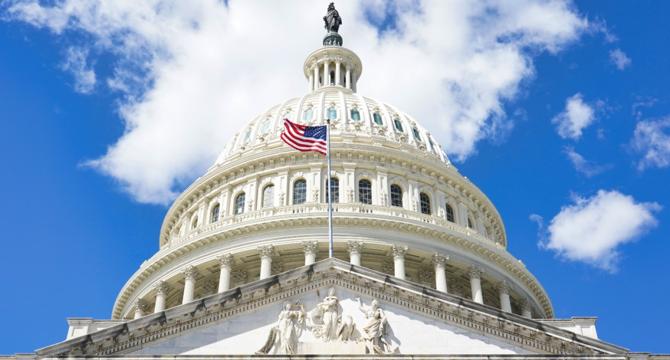Pymnts
1M
270

Image Credit: Pymnts
Stripe, Paxos CEOs Say Payments Ecosystem Needs Stablecoins and Blockchain But Not CBDC
- Executives and industry experts advocate for the use of payment stablecoins, blockchain, and tokenization in improving global money movement while maintaining the dominance of the U.S. dollar in transactions.
- Private sector innovation, rather than central bank digital currencies (CBDCs), is seen as the key to expanding financial services and digital dollar adoption globally.
- Testifying before the House Financial Services Committee, stakeholders emphasized the potential of stablecoins to enhance cross-border payments and modernize payment infrastructure.
- Support for a regulated stablecoin market to strengthen the U.S. dollar's position was expressed, contrasting with concerns over CBDCs potentially undermining private sector innovation.
- Stablecoins are viewed as vital for modernizing the financial system, with the U.S. playing a key role in setting global standards for financial adoption and interoperability.
- Blockchain technology is recognized for its ability to facilitate faster and smarter money movement, with tokenization offering improved speed and operational efficiencies in the digital assets ecosystem.
- Industry leaders like Paxos CEO advocate for stablecoins as a means to enhance money movement, emphasizing the private sector's role in financial innovation.
- Stablecoins are praised for providing tangible benefits to businesses in managing treasury functions, international transfers, and accessing U.S. dollars overseas.
- Regulatory frameworks for stablecoins are suggested to be based on existing banking systems, ensuring security and safety comparable to bank deposits.
- Concerns are raised regarding regulatory frameworks for stablecoins needing robust anti-money laundering protections to mitigate risks and cybersecurity threats.
Read Full Article
16 Likes
For uninterrupted reading, download the app